Understanding UK Road Markings
Here’s a guide to help you decipher the meaning behind the different road markings in the UK. Navigating the intricate network of roads in the United Kingdom requires not only an adept driving skill but also a comprehensive understanding of the various road markings that adorn the asphalt canvas. These markings serve as a silent language, communicating rules, guidance, and warnings to drivers. Driving in Eu.
1. White Lines
a. Single White Line: This indicates the center of the road. If the line is solid, overtaking is discouraged. A broken line permits overtaking if it’s safe.
b. Double White Lines: Double solid white lines suggest overtaking is prohibited for both directions. An area with a single solid line and a broken line on the other side allows overtaking only for the side with the broken line.
c. White Diagonal Stripes: These are found at pedestrian crossings and signal a place where drivers must yield to pedestrians.
d. White Box Junctions: Painted yellow crisscross lines form a box junction. You can’t enter the box unless your exit is clear.
2. Yellow Lines
a. Single Yellow Line: This usually denotes a parking restriction. Parking is prohibited during specific hours, and the nearby sign indicates the exact restrictions.
b. Double Yellow Lines: These signify a clear prohibition on parking at any time. Exceptions may be detailed on nearby signs.
3. Blue Lines
a. Blue Badge Bays: Reserved for disabled badge holders, these bays often have specific time restrictions, so check the accompanying sign.
4. Red Lines
a. Red Route: Found mainly in busy urban areas, red lines signify a clearway, where stopping or parking is strictly prohibited.
5. Zigzag Lines
a. Zigzag Lines Outside Schools: These indicate a school crossing area. Parking is strictly prohibited during the times displayed on accompanying signs.
6. Stop Lines and Give Way Lines
a. Stop Line: This is a solid white line that must not be crossed unless the road is clear.
b. Give Way Line: This line instructs drivers to yield to traffic on the major road. It often accompanies a triangular Give Way sign.
7. Box Junctions
a. Yellow Cross-Hatched Box: This box junction signifies an area where you must not enter unless your exit is clear.
8. Bus Lanes
a. Bus Lane Markings: These typically have a solid white line and indicate lanes dedicated to buses. There are specific times when other vehicles may use them.
9. Cycle Lanes
a. Cycle Lane Markings: These are often marked by a broken white line and a symbol of a bicycle. They are reserved for cyclists.
10. Arrows
a. Directional Arrows: These guide drivers in the correct lane for a specific direction.
11. Road Studs
a. Reflective Road Studs: Colors such as white, red, and amber indicate different information, such as the lane division or proximity to the center of the road.
Across the carriageway, Hide

Stop line at signals or police control
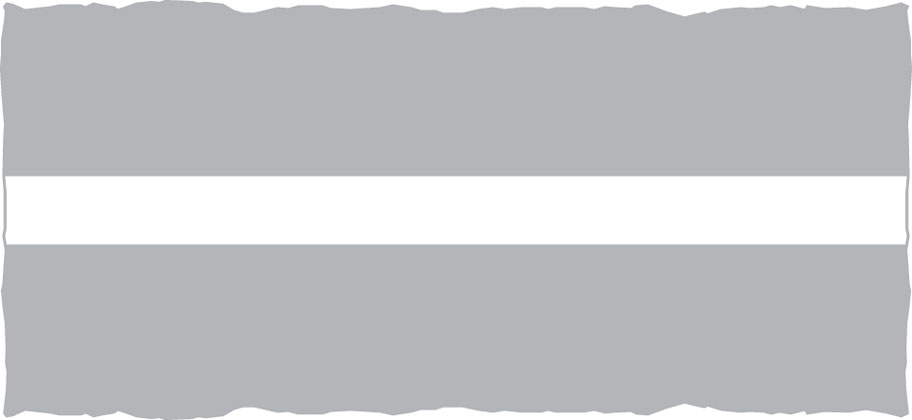
Stop line at ‘Stop’ sign

Stop line for pedestrians at a level crossing

Give way to traffic on major road (can also be used at mini roundabouts)

Give way to traffic from the right at a roundabout

Give way to traffic from the right at a mini-roundabout
Along the carriageway, Hide

Edge line

Centre line See Rule 127

Hazard warning line See Rule 127
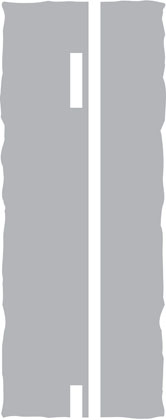
Double white lines See Rules 128 and 129
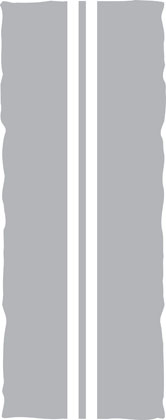
Double white lines See Rules 128 and 129

See Rule 130

Lane line See Rule 131
Along the edge of the carriageway, Hide
Waiting restrictions
Waiting restrictions indicated by yellow lines apply to the carriageway, pavement and verge. You may stop to load or unload (unless there are also loading restrictions as described below) or while passengers board or alight. Double yellow lines mean no waiting at any time, unless there are signs that specifically indicate seasonal restrictions. The times at which the restrictions apply for other road markings are shown on nearby plates or on entry signs to controlled parking zones. If no days are shown on the signs, the restrictions are in force every day including Sundays and Bank Holidays. White bay markings and upright signs (see below) indicate where parking is allowed.
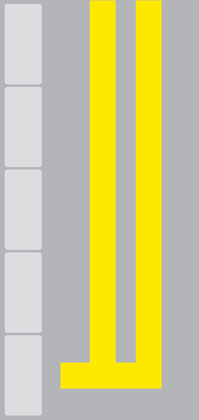
No waiting at any time
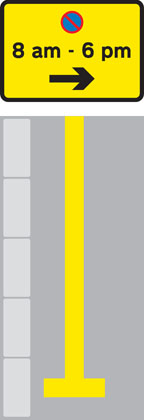
No waiting during times shown on sign
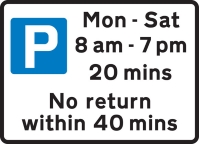
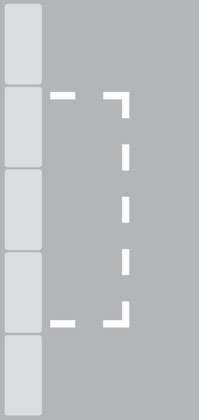
Waiting is limited to the duration specified during the days and times shown
Red Route stopping controls
Red lines are used on some roads instead of yellow lines. In London the double and single red lines used on Red Routes indicate that stopping to park, load/unload or to board and alight from a vehicle (except for a licensed taxi or if you hold a Blue Badge) is prohibited. The red lines apply to the carriageway, pavement and verge. The times that the red line prohibitions apply are shown on nearby signs, but the double red line ALWAYS means no stopping at any time. On Red Routes you may stop to park, load/unload in specially marked boxes and adjacent signs specify the times and purposes and duration allowed. A box MARKED IN RED indicates that it may only be available for the purpose specified for part of the day (eg between busy peak periods). A box MARKED IN WHITE means that it is available throughout the day.
RED AND SINGLE YELLOW LINES CAN ONLY GIVE A GUIDE TO THE RESTRICTIONS AND CONTROLS IN FORCE AND SIGNS, NEARBY OR AT A ZONE ENTRY, MUST BE CONSULTED.


No stopping at any time


No stopping during times shown on sign
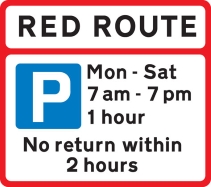
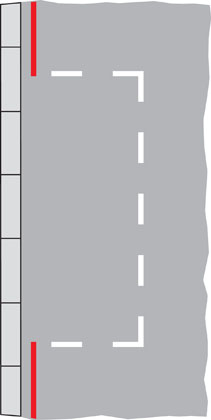
Parking is limited to the duration specified during the days and times shown
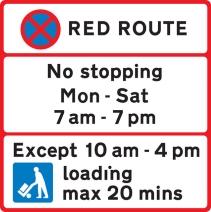

Only loading may take place at the times shown for up to a maximum duration of 20 mins
On the kerb or at the edge of the carriageway, Hide
Loading restrictions on roads other than Red Routes
Yellow marks on the kerb or at the edge of the carriageway indicate that loading or unloading is prohibited at the times shown on the nearby black and white plates. You may stop while passengers board or alight. If no days are indicated on the signs the restrictions are in force every day including Sundays and Bank Holidays.
ALWAYS CHECK THE TIMES SHOWN ON THE PLATES.
Lengths of road reserved for vehicles loading and unloading are indicated by a white ‘bay’ marking with the words ‘Loading Only’ and a sign with the white on blue ‘trolley’ symbol. This sign also shows whether loading and unloading is restricted to goods vehicles and the times at which the bay can be used. If no times or days are shown it may be used at any time. Vehicles may not park here if they are not loading or unloading.

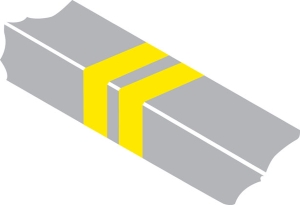
No loading or unloading at any time
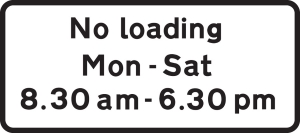
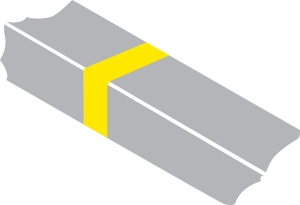
No loading or unloading at the times shown

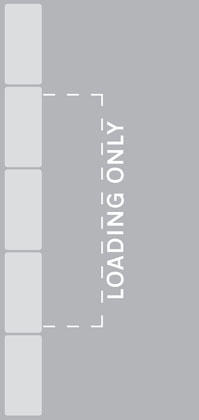
Loading bay
Other road markings, Hide

Keep entrance clear of stationary vehicles, even if picking up or setting down children
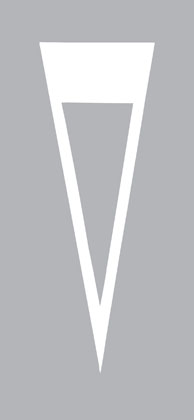
Warning of ‘Give Way’ just ahead
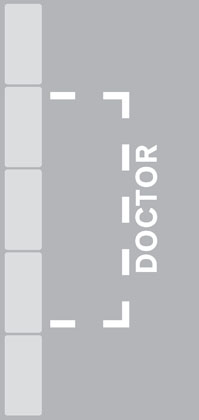
Parking space reserved for vehicles named
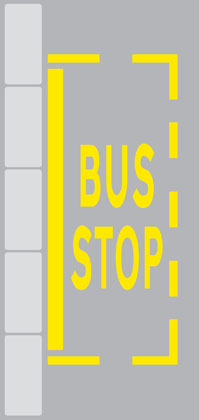
See Rule 243
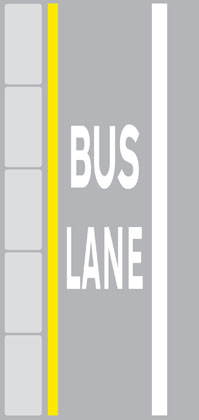
See Rule 141

Box junction – See Rule 174
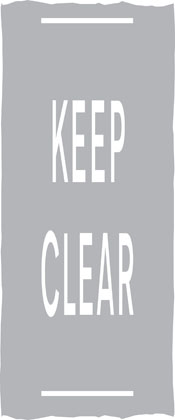
Do not block that part of the carriageway indicated
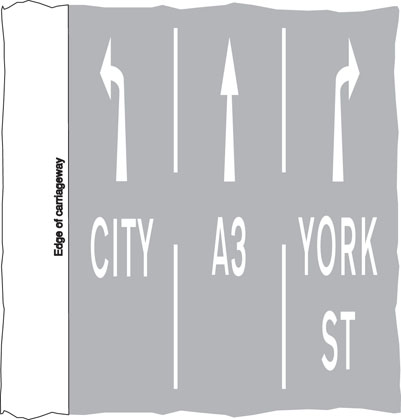
Indication of traffic lanes
Understanding UK road markings is integral to safe and legal driving. Familiarizing yourself with these markings enhances your ability to navigate the roads confidently. Always be attentive to accompanying road signs, as they provide additional information and regulations. Safe travels!
Buying a used VW. Buying used vauxhall, BMW, Jaguar, Ford, Volvo, Range rover, Bentley, Aston Martin, Porsche, Ferrari, Lamborghini, Maserati, Hyundai, Tesla, Honda, Pagani

